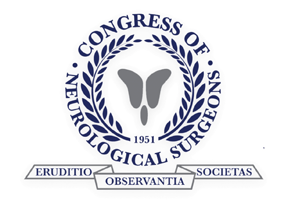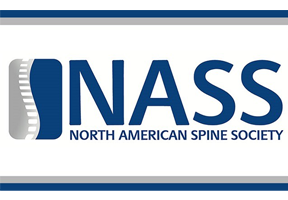Surgeons and patients alike are flocking to minimally invasive spine surgery as the premier approach to fixing spinal conditions. This type of surgery boasts incredible benefits such as faster recovery time, less blood loss during surgery, minimal trauma to the body, and more. Because your neurosurgeon makes a very small incision to access the part of your spine that is compromised, there is less trauma overall and your body has an easier time during recovery. Discover common conditions that are treated via minimally invasive spine surgery:
1. Degenerative Disc Disease
Your soft, spinal discs act as incredible shock absorbers, fortunately! This shock-absorbing characteristic allows you to run, bend, or lift weights without feeling pain even though you are doing activities that require resistance. As you age, your intervertebral discs begin to degenerate and daily activities involving the spine become harder and more painful.
2. Herniated Disc
The soft discs that lay between your spinal bones are meant to stay in the center of your vertebrae. However, if a crack is present, the rubbery disc may be pushed out and apply pressure to surrounding nerves. This pressure could be a source of pain and should be addressed.
3. Lumbar Spinal Stenosis
There are nerves in your body that travel through your spinal canal to get where they need to be. If lumbar spinal stenosis is occurring, that canal is becoming smaller and smaller. The narrowing of your spinal canal can put pressure on the nerves that are traveling to and from.
4. Scoliosis
Scoliosis occurs when your spine does not grow straight upward but instead grows at a curve. Although many cases are mild and can be lived with, severe cases can be disabling and painful. Minimally invasive spine surgery can correct scoliosis.
5. Spondylolisthesis
Your vertebrae are meant to stay in place, but if they slip out of place, it can cause immense pressure on the bone below it and nerves surrounding it (spondylolisthesis). It’s important to put the bone back in place to prevent further pain or damage.
Our incredible neurosurgeons are spine experts!
If your spine is causing you pain, it’s important to have an accurate diagnosis and a personalized treatment plan. Don’t go another day with a disease or condition that is preventing you from living a high-quality life! Call us today: 478-743-7092
Stay tuned for part three of this three-part series about minimally invasive spine surgery:
- Part 1 – Understanding How Minimally Invasive Spine Surgery Works & Its Benefits
- Part 2 – Common Conditions Treated Using Minimally Invasive Spine Surgery Techniques
- Part 3 – Am I a candidate for minimally invasive spine surgery?






